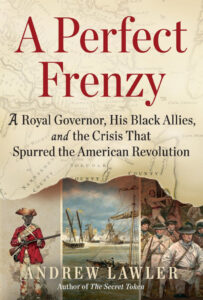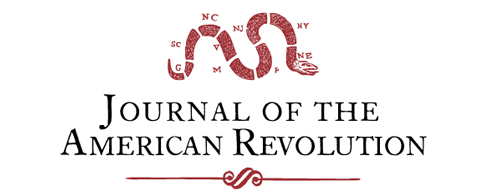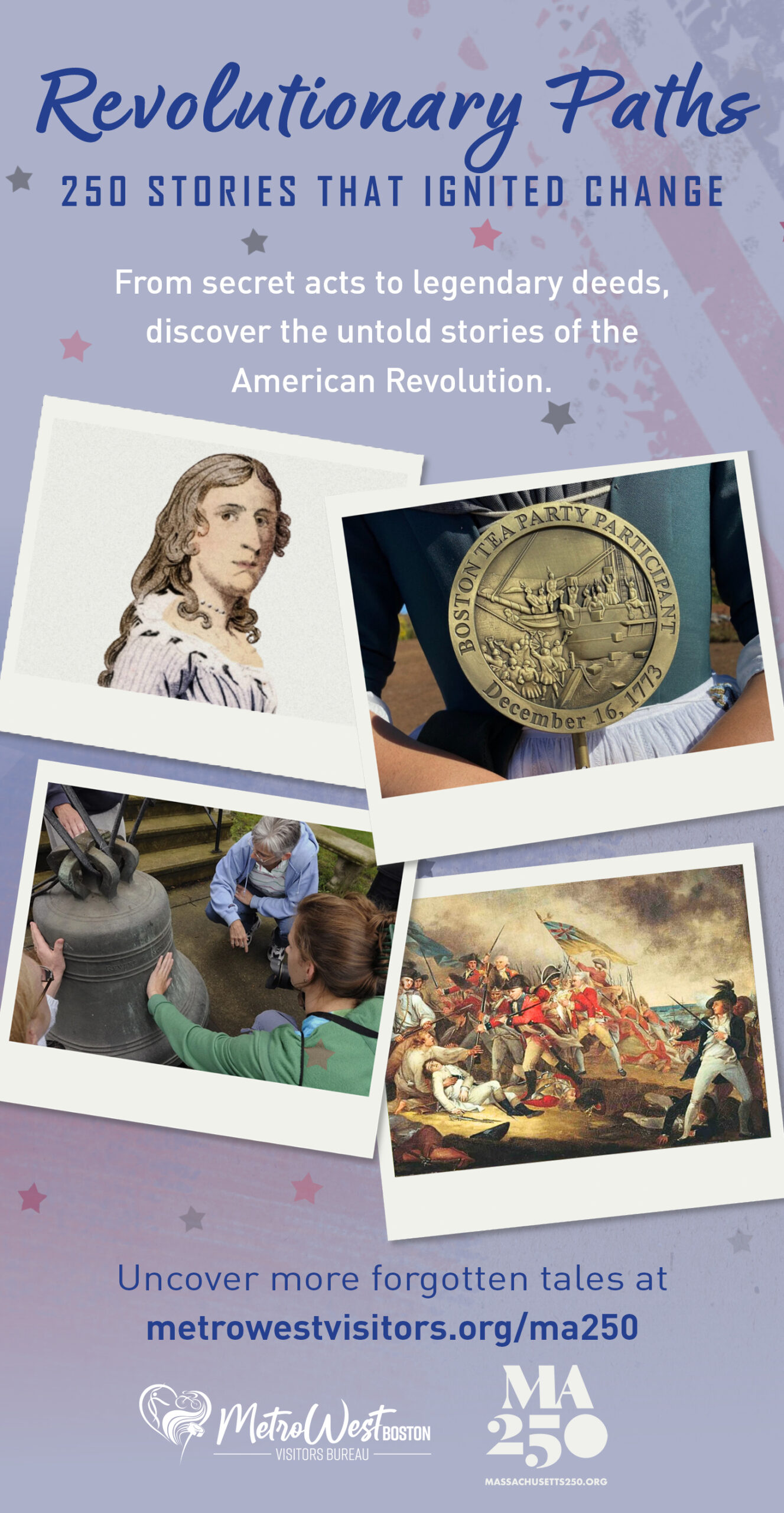BOOK REVIEW: A Perfect Frenzy: A Royal Governor, His Black Allies, and the Crisis that Spurred the American Revolution by Andrew Lawler (New York: Atlantic Monthly Press, 2025) $30.00 Hardcover
Andrew Lawler’s recent text artfully focuses on an important and understudied American Revolutionary period, Virginia in 1775 and 1776, and topic, slavery. The title, A Perfect Frenzy: A Royal Governor, His Black Allies, and the Crisis that Spurred the American Revolution, describes his theme. His text follows the story of John Murray, Lord Dunmore, the last royal governor of the Colony of Virginia, and his efforts to build an army to counter Virginia’s Patriots and retain royal authority in the colony in the early years of the American Revolution. Dunmore’s most loyal and reliable allies in this effort were the thousands of enslaved Virginians that made up one third of the colony’s population.
 This is an important work because Lawler gives a voice to thousands of unnamed individuals as he describes events unfolding in Virginia. He follows Dunmore with his assignment as Virginia’s royal governor in 1771 that ends with his first departure from North America in 1776. Although he returned to Great Britian, Dunmore did not relinquish his position as royal governor. The author includes a discussion of Dunmore’s return to North America late in the war in an attempt to regain royal control of Virginia, again advocating for the recruitment and training of Black soldiers. He also explains how effective Patriot propaganda and messaging influenced the negative characterization of Dunmore that continues to this day.
This is an important work because Lawler gives a voice to thousands of unnamed individuals as he describes events unfolding in Virginia. He follows Dunmore with his assignment as Virginia’s royal governor in 1771 that ends with his first departure from North America in 1776. Although he returned to Great Britian, Dunmore did not relinquish his position as royal governor. The author includes a discussion of Dunmore’s return to North America late in the war in an attempt to regain royal control of Virginia, again advocating for the recruitment and training of Black soldiers. He also explains how effective Patriot propaganda and messaging influenced the negative characterization of Dunmore that continues to this day.
While describing an extensive series of political and military events, the author weaves in his overarching theme addressing the enslaved Virginians that rallied to Dunmore in search of freedom. Lawler includes discussion of all the key military and political events including but not limited to engagements at Hampton, Kemp’s Landing, Great Bridge, Norfolk, Gwynn’s Island and St. George’s Island, Maryland. Dunmore formally announced his policy to liberate the enslaved and indentured servants in an emancipation proclamation issued in November 1775 in Princess Anne County, now the City of Virginia Beach, following the engagement at Kemp’s Landing.
Dunmore’s story and that of his Black allies is not a particularly happy one; there are few winners, at best mostly survivors. Slavery was a brutal system of human control and war only made it uglier. Many of Dunmore’s Black supporters died from disease, and some were captured, executed or returned to slavery. With a lack of land forces, support from the British Navy was a critical component in keeping Dunmore in the fight and assisting his allies. Lawler does not overstate the importance of slavery; the author provides a balanced and thoughtful discussion and analysis on the impact slavery had on the Revolution in Virginia. Virginia’s history of slave labor is a sensitive subject for many but Lawler mindfully describes Dunmore’s careful balancing act with emancipation, citing its wartime necessity to preserve British colonial rule in the hemisphere and crush the rebellion.
Anyone who attempts to research and report on individuals of color, free, enslaved, native, Patriot and Loyalist will become frustrated with the lack of surviving individual Revolutionary era records, similar to the challenges faced in African-American genealogy. With a few exceptions, individual stories are very difficult to document because of the lack of written records. Lawler solves this challenge by using surviving records from the period. Simply based on proximity, numbers and other surviving records, Lawler documents that individuals of color were active participants in the Revolution. In 1775, 200,000 of Virginia’s 600,000 residents were Black, most enslaved. The author brings life to the story of thousands without knowing their names. Most were not literate but Lawler uses surviving official government accounts and personal records naming Dunmore and his allies to explain their roles and contributions.
Andrew Lawler is an accomplished writer and conducted extensive research for this text. He identified and referenced an impressive list of primary sources in his endnotes. He clearly consulted a wide body of secondary material. More importantly, his analysis provides contemporary relevance to the enduring issues he identifies. He draws parallels between Lincoln’s Emancipation Proclamation of 1862 and Dunmore’s of 1775. He also describes Dunmore’s role in helping 8,000 formerly enslaved people leave the United States for freedom in other parts of the world as the Revolution ended. Interestingly, he describes how Virginia’s insistence on the authority and control of individual colony or state legislatures influenced the development and authority of the federal government, highlighting the concept of states’ rights. He brings relevance to contemporary issues of state vs. federal control.
Anyone with an interest in Virginia or Revolutionary history will find something of value to take from this text. Those who study slavery, government, or civil rights will find Lawler’s work insightful. Although dense with information on events and scholarly research, the text is neatly organized, well written and easy to read. Recreational readers or historians will enjoy the read. The release of this book in early 2025 makes it a valuable resource for Revolution 250 activities and events.
PLEASE CONSIDER PURCHASING THIS BOOK FROM AMAZON IN HARDCOVER OR KINDLE.
(As an Amazon Associate, JAR earns from qualifying purchases. This helps toward providing our content free of charge.)





Recent Articles
New Jersey’s Revolutionary Rivalry
The Evolution of the American Declaration of Independence
The Deadliest Seconds of the War
Recent Comments
"The Evolution of the..."
This article is a gem. Sparkling. Excellent research. Wide and deep. Thank...
"The Evolution of the..."
A very interesting article, thank you! A more general question, if you...
"The Evolution of the..."
Thoroughly researched and a succinct presentation, especially given the article's breadth.